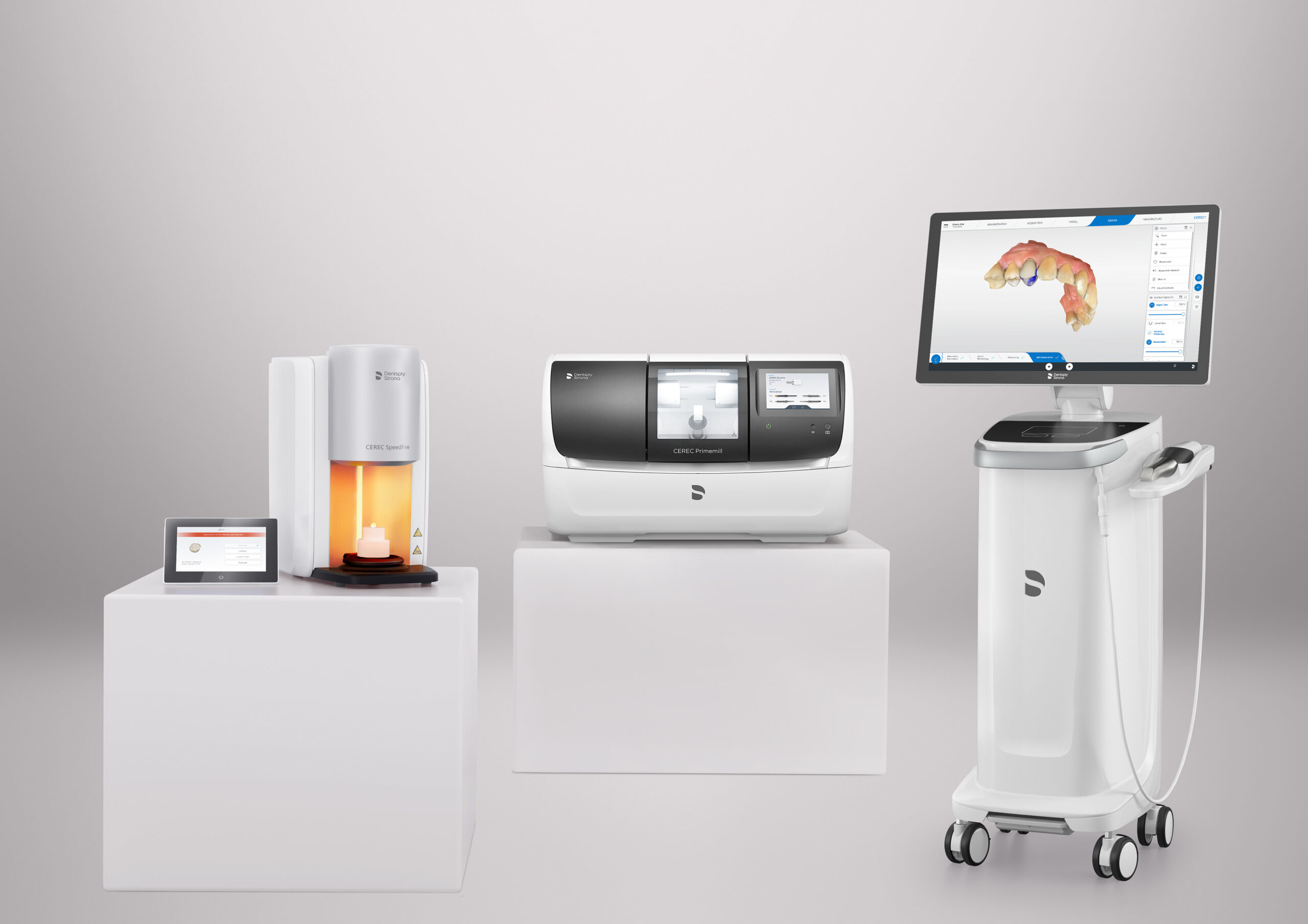If you’ve ever had a dental crown placed, you know the traditional process can take multiple visits and a couple of weeks of wearing a temporary crown. But what if you could walk into your dental office with a damaged tooth and leave the same day with a permanent, natural-looking crown?
Thanks to CEREC technology, that’s now a reality. CEREC, which stands for Chairside Economical Restoration of Esthetic Ceramics, allows dentists to create and place custom crowns in just one visit. In this post, we’ll explore how CEREC crowns work, why they’re so popular, and the advanced materials and equipment that make it all possible.
What Are CEREC Crowns?
CEREC crowns are ceramic dental crowns made using advanced digital technology right in the dental office. Unlike traditional crowns that require molds, temporary crowns, and weeks of waiting, CEREC uses 3D imaging and on-site milling machines to create your restoration while you wait.
Why Patients Prefer CEREC Crowns
Here are the top reasons CEREC crowns have become a favorite among both patients and dental professionals:
One-Day Convenience
You only need a single appointment. That means fewer days off work, less time in the chair, and no waiting for labs to return your crown.
No Temporary Crowns
With traditional crowns, a temporary crown is often worn for weeks, which can be uncomfortable and may fall off. CEREC eliminates this step entirely.
Digital Precision
CEREC uses a digital scanner to capture highly accurate 3D images of your tooth. No more messy impression trays!
Natural Appearance
CEREC crowns are made from high-quality tooth-colored ceramic, offering a natural look that blends seamlessly with your smile.
Long-Lasting Durability
These crowns are designed to last. With proper care, a CEREC crown can last 10–15 years or more.
Biocompatible Materials
CEREC restorations use materials that are safe, non-metallic, and gentle on surrounding tissues.
The Technology Behind CEREC
CEREC relies on several cutting-edge tools working together:
Digital Intraoral Scanner
This replaces traditional molds. The scanner captures a detailed 3D image of your tooth in seconds.
CAD/CAM Software
CAD (Computer-Aided Design) and CAM (Computer-Aided Manufacturing) software allows the dentist to design your crown right there on-screen with extreme accuracy.
Milling Machine
Once the design is finalized, a robotic milling unit carves your crown from a solid block of ceramic in about 10-15 minutes.
Optional: In-Office Glazing and Firing
Some offices also have a furnace that adds final polish and durability to the crown, enhancing both strength and appearance.
Materials Used in CEREC Crowns
Most CEREC crowns are made from high quality ceramic—known for strength and aesthetics. This ceramic is:
- Tooth-colored and highly translucent
- Stain-resistant
- Strong enough for molars and front teeth alike
- Free of metal, reducing the risk of allergic reactions or dark gum lines
Is a CEREC Crown Right for You?
CEREC crowns are ideal for many cases, including:
- Broken or cracked teeth
- Large fillings that need replacement
- Teeth after a root canal
- Cosmetic improvements
However, in cases of extreme damage or complex bites, a traditional crown might still be recommended.
Final Thoughts
CEREC crowns are a perfect example of how modern technology can make dentistry faster, more comfortable, and more precise. If you’re looking for a dental restoration that saves time without compromising quality, CEREC might be the right choice.
Talk to your dentist to see if you’re a candidate for same-day crowns and experience the convenience of technology-driven dentistry.


